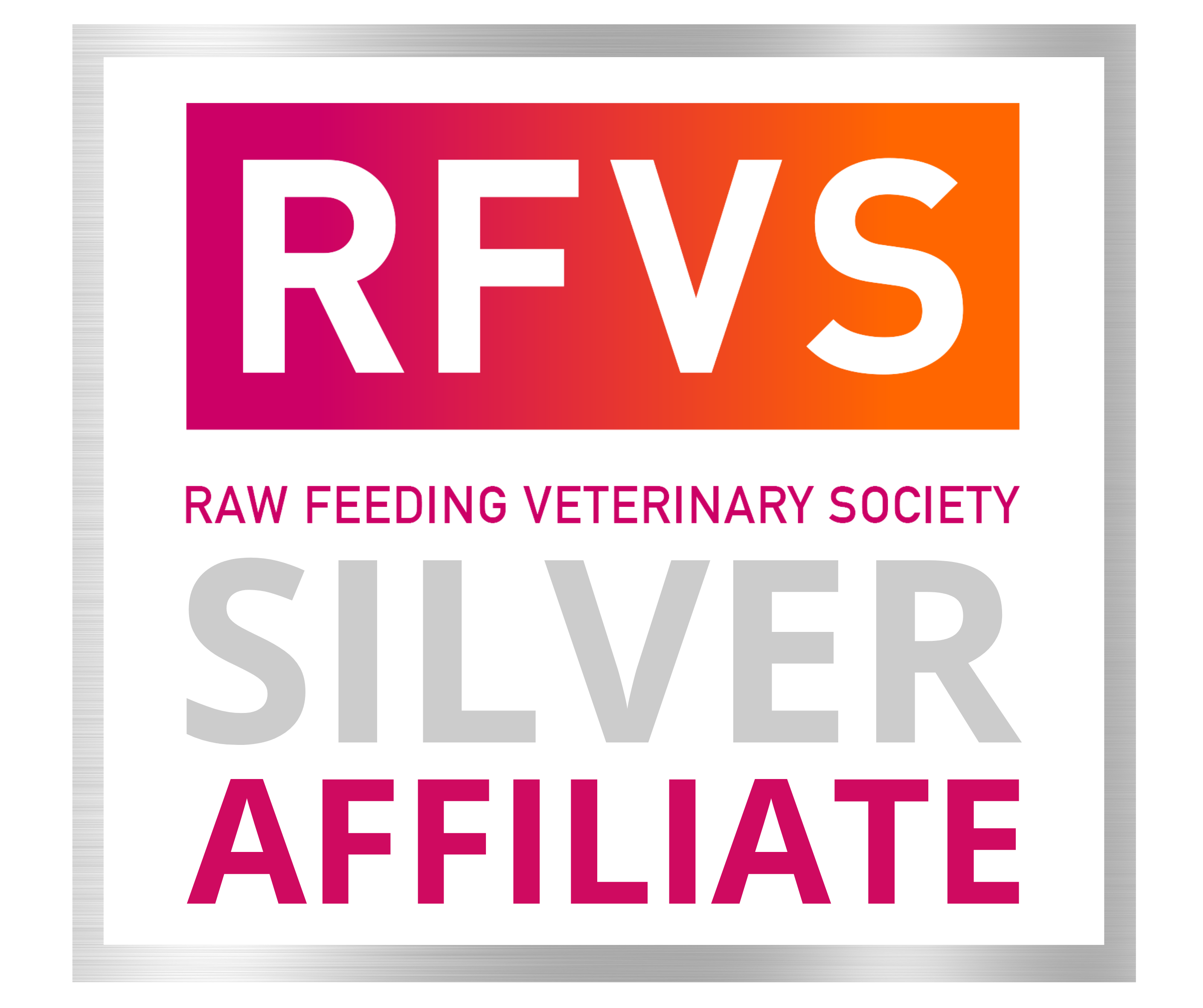Product Quality
Product quality is our priority. We have strict regulations for sourcing, and sustainable wild harvesting practices that ensure top-notch quality. We also adhere to stringent food processing regulations, guaranteeing the safety and quality of our products for your pets.
